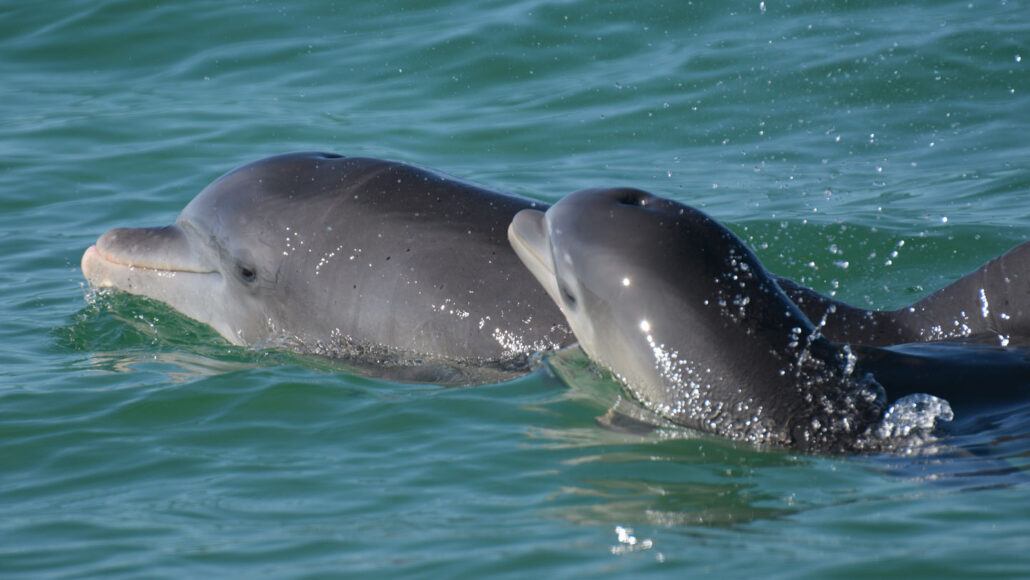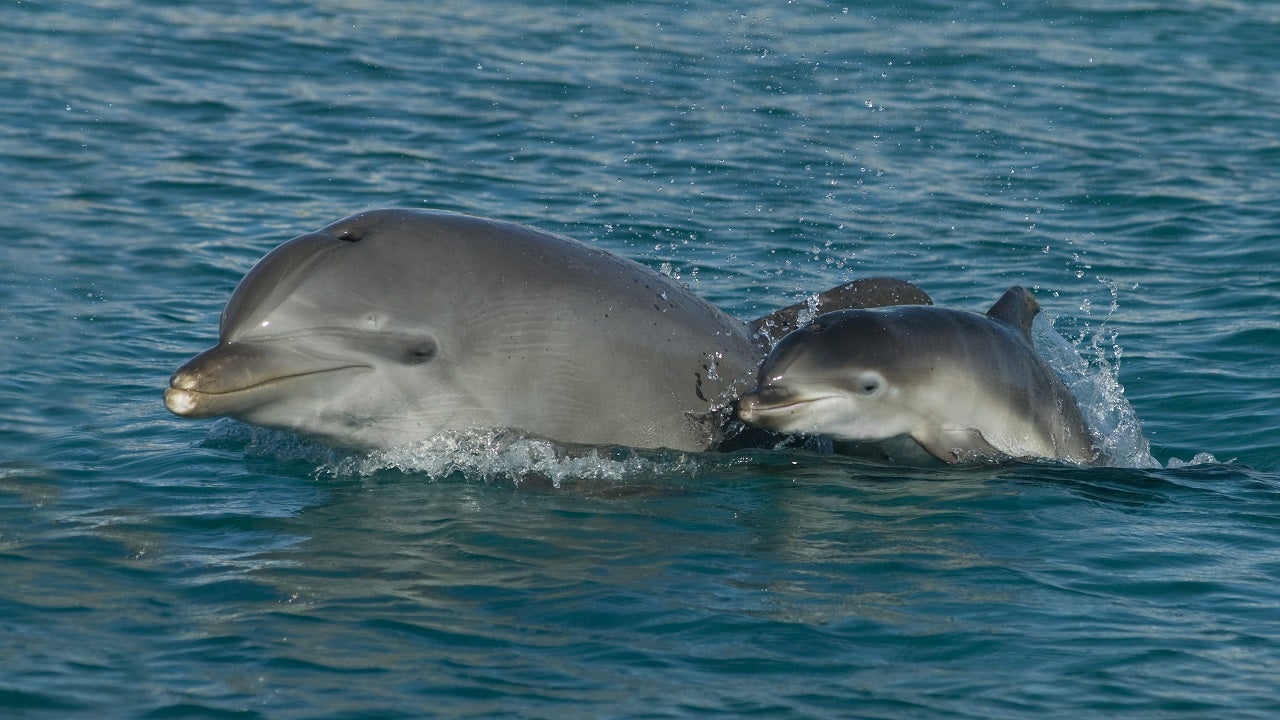Bottlenose Dolphin Moms: Masters of Baby Talk in the Sea

Bottlenose dolphins, renowned for their intelligence and social behaviors, have long captured the fascination of marine enthusiasts and scientists alike. Recent research has unveiled a charming aspect of these marine mammals’ parenting practices – the use of “baby talk” with their calves. In a striking parallel to human communication, bottlenose dolphin moms exhibit a unique and specialized form of vocalization when interacting with their offspring.

Dolphin communication is intricate and multifaceted, involving a variety of clicks, whistles, and body movements. Among these, the special repertoire of sounds used by mothers when interacting with their calves is drawing attention. Just as human parents modify their speech when talking to infants, bottlenose dolphin moms appear to engage in a distinct form of communication tailored for their young ones.

Research conducted by marine biologists and cetacean experts has shed light on the nuances of dolphin baby talk. The vocalizations involve a higher pitch, a slower tempo, and simplified acoustic features compared to regular dolphin communication. These modifications are akin to the way humans naturally alter their speech patterns when communicating with babies, known as “motherese” or “baby talk.”
The purpose behind this specialized communication goes beyond mere linguistic novelty. Dolphin baby talk serves crucial functions in reinforcing the bond between mothers and their calves. The distinctive sounds create a unique acoustic environment that helps in enhancing the communication and understanding between the two, fostering a strong sense of connection and security.

The discovery of baby talk in dolphins raises intriguing questions about the cognitive abilities of these marine mammals. The ability to modify communication styles based on the age or social status of the recipient suggests a level of cognitive flexibility and social awareness that adds to the growing body of evidence supporting the high intelligence of bottlenose dolphins.
Understanding the intricacies of dolphin communication, including the use of baby talk, holds potential significance for marine conservation efforts. As human activities continue to impact marine ecosystems, a deeper comprehension of dolphin behavior can inform conservation strategies aimed at protecting these intelligent and socially complex creatures.
The revelation that bottlenose dolphin moms engage in baby talk with their calves adds a delightful layer to our understanding of marine mammal communication. This discovery not only highlights the parallels between human and dolphin social behaviors but also underscores the need to appreciate and protect these remarkable creatures and their habitats in our oceans. As scientists delve deeper into the mysteries of dolphin language, the ocean continues to reveal the captivating secrets of its most intelligent inhabitants.




